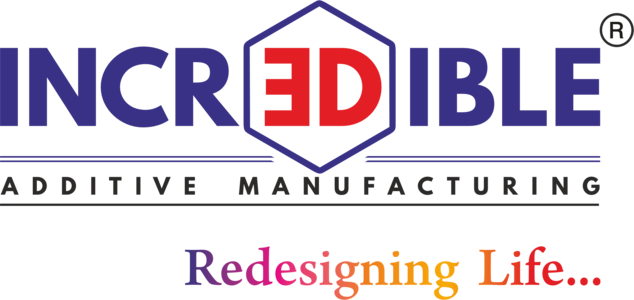What is it?

The transport sector is primarily responsible for the atmospheric release of carbon dioxide, which leads to the greenhouse effect and its catastrophic effects. Case studies indicate that reducing the weight of automotive or aerospace engine components by a few grams would significantly lower emissions and improve the engines' overall performance. Topology optimisation is a mathematical model that determines undesired material from the parts by analysing the stresses acting on a structure and their direction, position, and amplitude. After removing the extra material, we are left with a part design that is both light and sturdy.
Process
The process of topology optimisation begins by choosing a part to be optimised followed by creating its CAD model.
The program then assesses the stress coming onto the part. It is done using advanced algorithms.
The software eliminates extra material and strengthens vital load-bearing regions.
The software iteratively improves the design until an ideal topology is reached. The process significantly reduces the weight. Once the optimisation of the CAD model is achieved, a 3D-printed object of the CAD model is obtained.
Applications
Topology optimisation has several uses in many different industries, such as, Automotive, Aerospace, Defence, Shipbuilding, Automation and more.
For instance, weight reduction is critical in the aerospace industry to improve fuel efficiency and increase payload capacity. With topology optimisation, engineers can design aeroplane components that are both lighter and structurally better. This results in fuel efficiency and lower operating cost.
Similarly, lightweight components in the automotive industry enhance overall vehicle performance and fuel effeciency. Topology optimisation makes it possible to design optimised parts, like chassis parts, suspension systems, and engine brackets, which increase vehicle efficiency.
Benefits

- Material Saving
- Reduction in production time
- Reduction in production & part cost
- Improvement in product performance. For e.g. better fuel efficiency due to reduction in weight, less wear of sliding components, easy to assemble
- less carbon footprint
Application Industries






Process

| Steps | Description |
| 01 | Choose a part for Topology Optimization and create a Cad model |
| 02 | Define stresses coming on to the part while in operation |
| 03 | Software package analysis stresses and removes material which does not affect the functionality of the part |
| 04 | 3D print the optimized CAD model |

